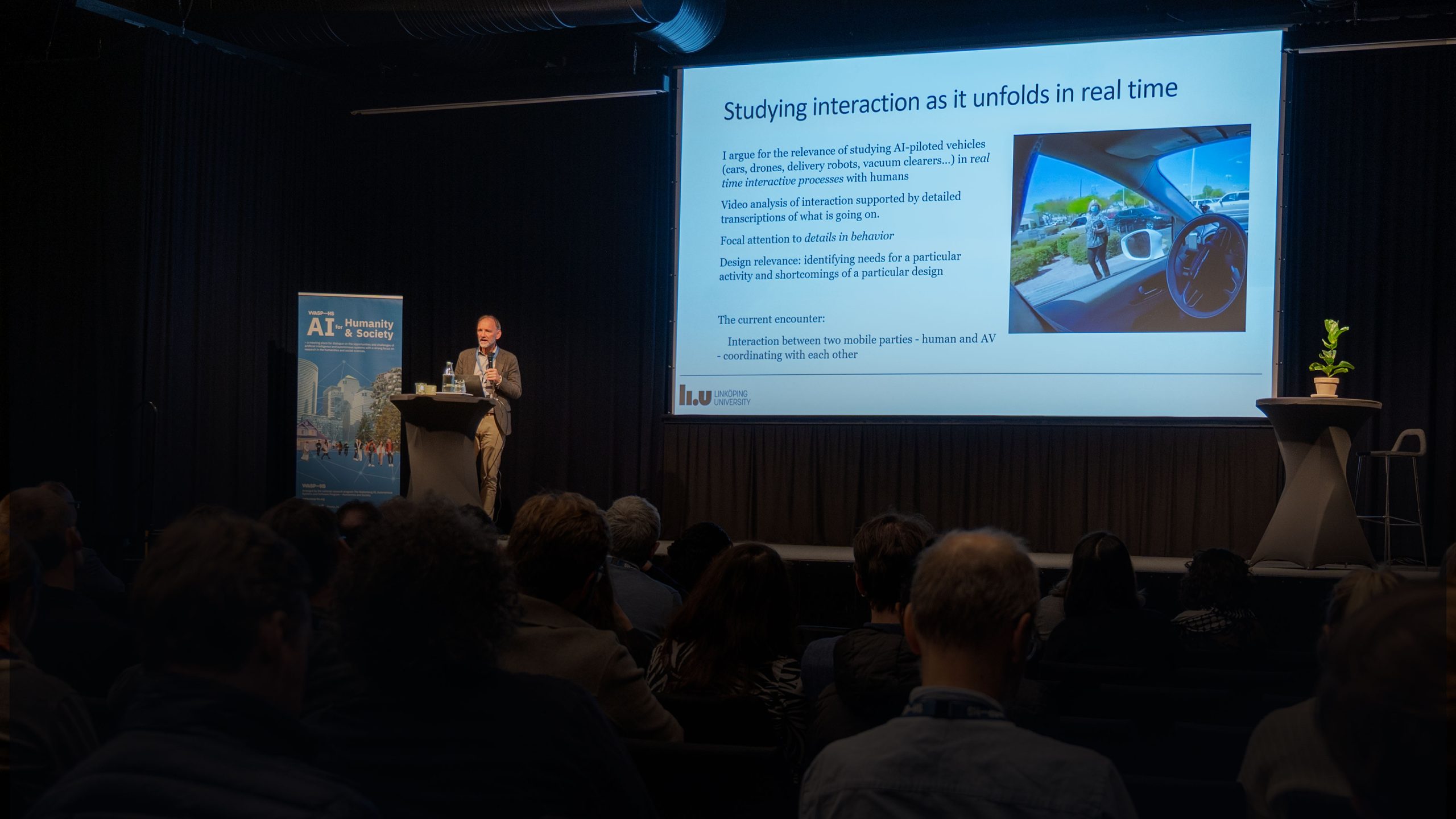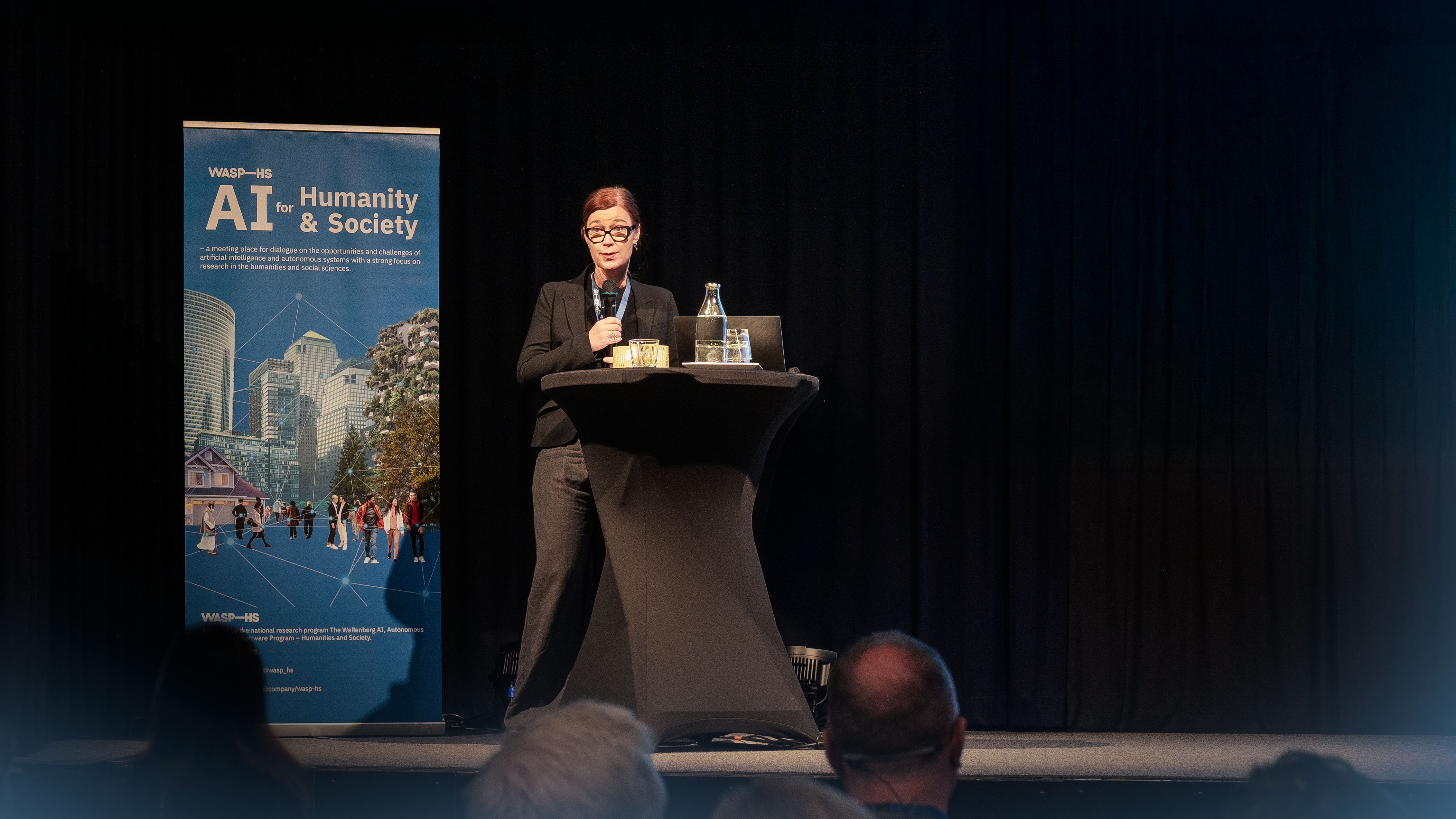WASP-HS Principal Investigator William Lidberg, Swedish University of Agricultural Sciences, reflects on his project Challenges and Social Consequences of Artificial Intelligence in Swedish Forests and WASP-HS.
In short, please introduce your project
Artificial intelligence (AI) has become increasingly important in this process and is now implemented at multiple levels of Swedish forest management. This recent technological development is changing how forestry is conducted in Sweden and around the world. A key area in forestry is spatial planning where AI can be used for precision forestry management by creating detailed maps of biodiversity, tree species, and wet areas. Managers and decision-makers are increasingly relying on these AI tools. However, forest management in Sweden has a long tradition of being softly regulated under the so-called “freedom with responsibility” where the implementation of policies and consideration of different values is highly dependent on the forest sector itself. Since management decisions impact both forest production and forest ecosystems, they also fundamentally affect planning for cultural and recreational values in the forest landscape. The Swedish Forest Agency has in the past decades developed complex collaborative decision-making processes with forest sector stakeholders, with the aim of enhancing process legitimacy and implementation. AI tools are not always transparent and it is impossible for managers to interpret exactly how these AI tools operate. Erroneous choice of models, tuning parameters, inadequately documented, or inappropriate training data can have important consequences for the performance of the AI models and hence for the individuals and the environment. Those errors could have a detrimental effect on the forest sector’s trust in managers, including public agency representatives.
What are your expected results, and what would you like to contribute?
I would like to contribute to developing and implementing AI tools for spatial planning with awareness of ethical issues and challenges so both society and the forest industry are prepared for this technological development. Some of my expected results are to implement AI-powered maps that can be used to protect water, such as lakes, rivers, and wetlands but also groundwater. I also expect that new tools will be developed in this project to locate and protect cultural heritage sites from damage during forestry operations.
What is your view of being part of WASP-HS?
I am happy to be part of this project and its diverse and ambitious scope. This is a unique opportunity to build something truly great and sustainable in the long term. AI is rapidly being introduced across multiple fields and WASP-HS is positioned to face the challenges and harvest the opportunities of AI.
What are your expectations on WASP-HS?
I expect a welcoming and inclusive research environment where young researchers across different disciplines can collaborate and share ideas. WASP-HS will be a valuable network where we can support each other in our different efforts and share ideas and solutions to common problems that we all share.





